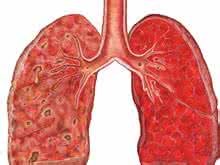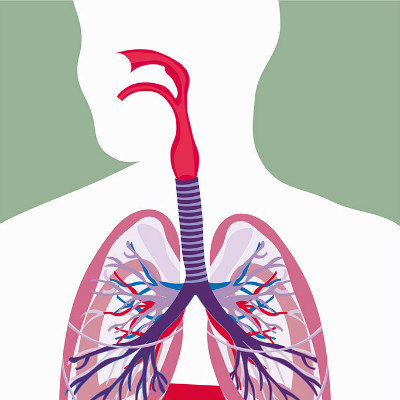Symptoms of Klebsiella pneumoniae
summary
Klebsiella pneumoniae is one of the most important bacteria in Klebsiella of Enterobacteriaceae (commonly known as pneumonia bacteria). Its diseases account for more than 95% of Klebsiella infections. It exists in the upper respiratory tract and intestines of the human body. When the body's resistance decreases, it enters the lung through the respiratory tract and causes lobar or lobular fusion consolidation, which is more common in the upper lobe. I would like to share with you my views on the symptoms of Klebsiella pneumoniae.
Symptoms of Klebsiella pneumoniae
Klebsiella pneumoniae infection is not uncommon. The clinical manifestations and pathogenesis of urinary tract infection are similar to those of Escherichia coli. Urinary tract irritation such as frequent micturition, urgency of micturition and pain of micturition were found. It is more common in patients with original miscellaneous diseases or poor urination (prostatic hypertrophy, urethral stricture, vesicoureteral reflux, etc.), and retention of catheterization and urinary instrument examination are often the inducements.

Bacterial septicemia often occurs in patients with other diseases, mostly in hospitalized patients. The patient's condition is dangerous, and most of them have toxic symptoms of endotoxemia such as high fever, shivering and sweating. Septic shock may occur, such as cold limbs, pulse rate, skin blooming and blood pressure drop. The incidence of shock is sometimes as high as 63%. It can also be accompanied by mental changes, skin and gastrointestinal bleeding, and bleeding at the site of venipuncture.

About 13% of the cases were complicated with migrating lesions of heart, lung, kidney and brain. The mortality rate was 37-50%. Most of the deaths were caused by uncontrolled infection or severe toxemia. Klebsiella meningitis has the symptoms and signs of general purulent meningitis: high fever, headache, unconsciousness and neck rigidity, and purulent changes in cerebrospinal fluid (significantly increased white blood cell count and protein, low glucose).

matters needing attention
The choice of antibiotics should be based on the severity of clinical infection. Most of pneumonia bacilli are sensitive to aminoglycoside antibiotics such as gentamicin, cephalosporins such as cefazolin and cefuroxime (cilixin), piperazine penicillin, chloramphenicol and polymyxin. The second or third generation cephalosporin plus gentamicin or amikacin, or cephalosporin plus piperazine penicillin are recommended for severe cases













